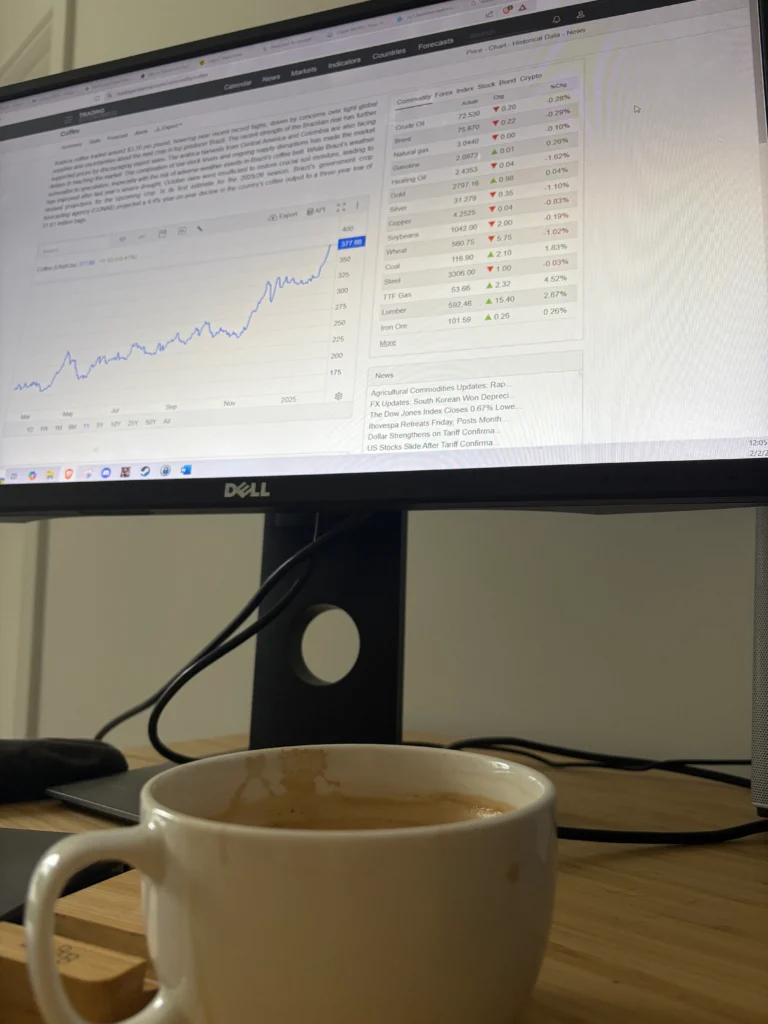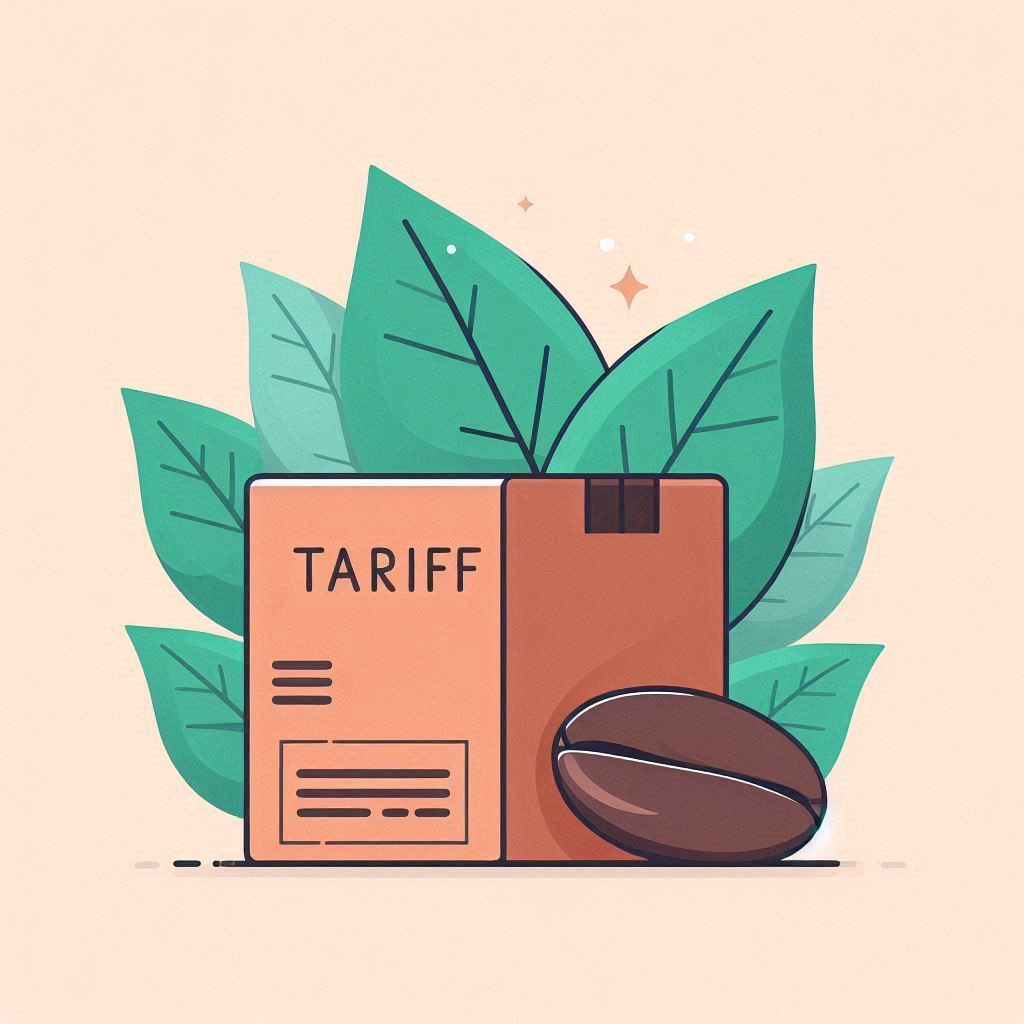Coffee lovers worldwide rely on a steady supply of beans from top-producing countries like Brazil, Vietnam, and Colombia. But what happens when tariffs impact the cost of importing coffee to the U.S.? Let’s break it down.
What Is a Tariff?
A tariff is a tax imposed on imported goods, affecting the cost of products entering a country. Governments use tariffs to protect domestic industries or as leverage in trade negotiations. When applied to coffee imports, tariffs can impact everything from your favorite café’s pricing to the cost of coffee at your local grocery store.
The Top Coffee-Producing Countries
According to recent data from the U.S. Department of Agriculture (USDA), these countries lead global coffee production:
- Brazil – 66.3 million 60-kg bags (39% of global production)
- Vietnam – 27.5 million bags (16%)
- Colombia – 12.76 million bags (8%)
- Ethiopia – 8.6 million bags (5%)
- Indonesia – 8.15 million bags (5%)
- Uganda – 6.4 million bags (4%)
- India – 6.06 million bags (4%)
- Honduras – 5 million bags (3%)
- Peru – 4 million bags (2%)
- Mexico – 3.87 million bags (2%)
Since the U.S. imports a significant portion of its coffee from these countries, any tariff changes could influence prices.
How Could Tariffs Affect Coffee Prices?
In the short term, tariffs on imported coffee could lead to:
- Higher prices for consumers due to increased import costs.
- Market adjustments, with buyers shifting to lower-cost suppliers.
- Changes in trade relationships, as coffee-producing countries seek alternative markets.
For example, Colombian coffee tariffs could make premium beans from Colombia more expensive, leading some buyers to source from Brazil or Vietnam instead.
Are Coffee Prices Going Up?

At the time of writing this, coffee prices are near all-time highs in early February 2025. While tariffs are just one factor, coffee prices fluctuate based on global supply, demand, and climate conditions. If tariffs increase, you may see price hikes at cafes and supermarkets.
The Bottom Line
If you love coffee, keeping an eye on trade policies is essential. Whether you’re importing coffee into the U.S. for business or just grabbing your daily cup, tariffs can shape the coffee market in ways you might not expect.
Stay informed and enjoy your brew while watching how global trade impacts your favorite beans!
